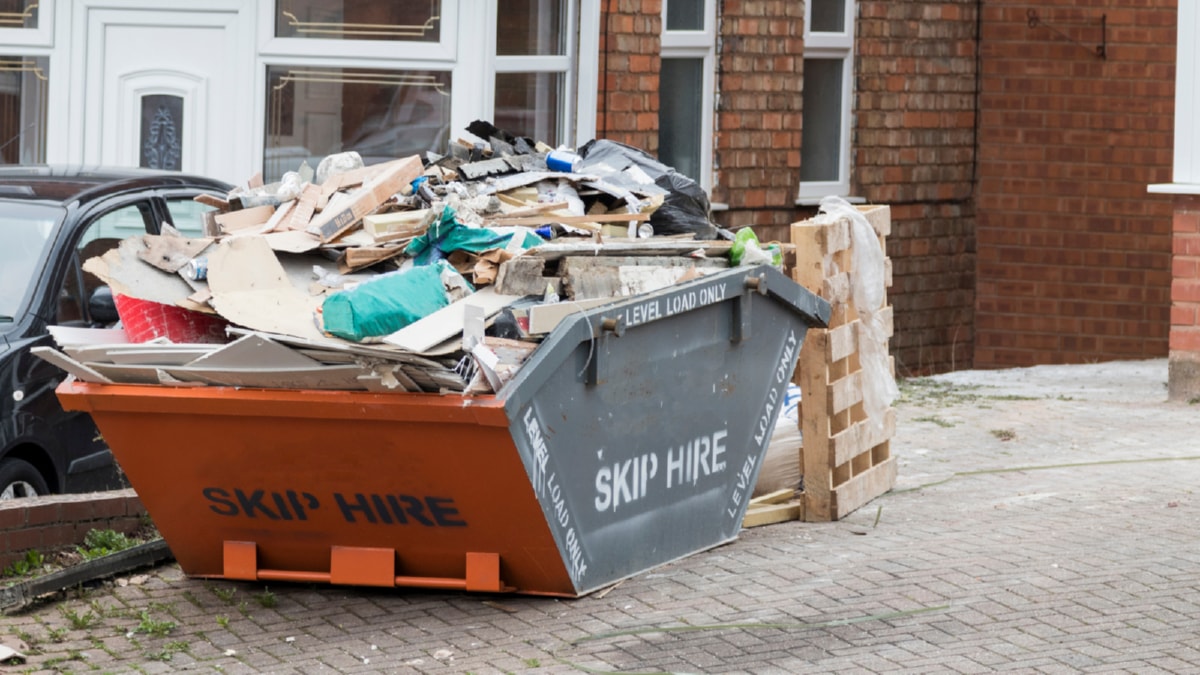In the rapidly evolving world of construction, modern, eco-friendly techniques are leading the way in transforming the industry landscape. They are not only a response to the growing environmental concerns but also offer a host of other benefits that cater to the practical and economic aspects of construction. This article takes a detailed look at why you should consider these innovative and sustainable construction methods.
Firstly, the most significant advantage of adopting modern construction techniques rests on their environmental impact. As global warming continues to be a pressing concern, the construction industry has risen to the challenge by developing eco-friendly building methods. These techniques significantly reduce carbon footprint by utilizing renewable, recycled materials and energy-efficient processes. For instance, rammed earth and straw bale construction, while being ancient techniques, have found their application in modern, sustainable construction due to their low environmental impact.
Economic efficiency is another compelling reason to opt for innovative construction techniques. Prefabricated and modular construction methods, for instance, offer numerous cost advantages. They minimize construction waste, reduce labor costs, and shorten project timelines. Moreover, the controlled factory environment ensures better quality control and lessens the chances of project delays due to weather conditions.
Safety is a paramount concern in the construction industry, and modern building methods have proven to be safer than traditional techniques. The use of advanced technology and equipment, like drones for site inspections and 3D printing for precise component production, decreases the risk of accidents on the construction site. Additionally, since much of the work in modular and prefabricated construction happens off-site, the exposure of workers to potential hazards is significantly reduced.
One cannot overlook the aesthetic flexibility that comes with innovative construction methods. Techniques like green or living roofs, vertical gardens, and the use of recycled materials open avenues for unique, visually appealing designs that also contribute positively to the environment. These methods allow architects and designers to push the boundaries of creativity while staying committed to sustainability.
Lastly, sustainable building techniques bring long-term benefits for the building occupants. Energy-efficient designs and materials result in lower utility bills and create healthier living spaces. The use of non-toxic, renewable materials improves indoor air quality, while energy-efficient windows and insulation techniques contribute to a comfortable, consistent indoor climate.
In conclusion, modern, eco-friendly construction techniques provide a holistic approach to building, considering several factors ranging from environmental sustainability and economic efficiency to safety, aesthetics, and occupant well-being. These methods are the future of the construction industry, offering a solution that not only addresses the environmental concerns of today but also anticipates the needs of tomorrow. It is an investment worth considering for anyone involved in the construction industry, whether you are a builder, architect, or a potential homeowner.
.
For more details, check best interlocking services Toronto or visit their business listing here.



